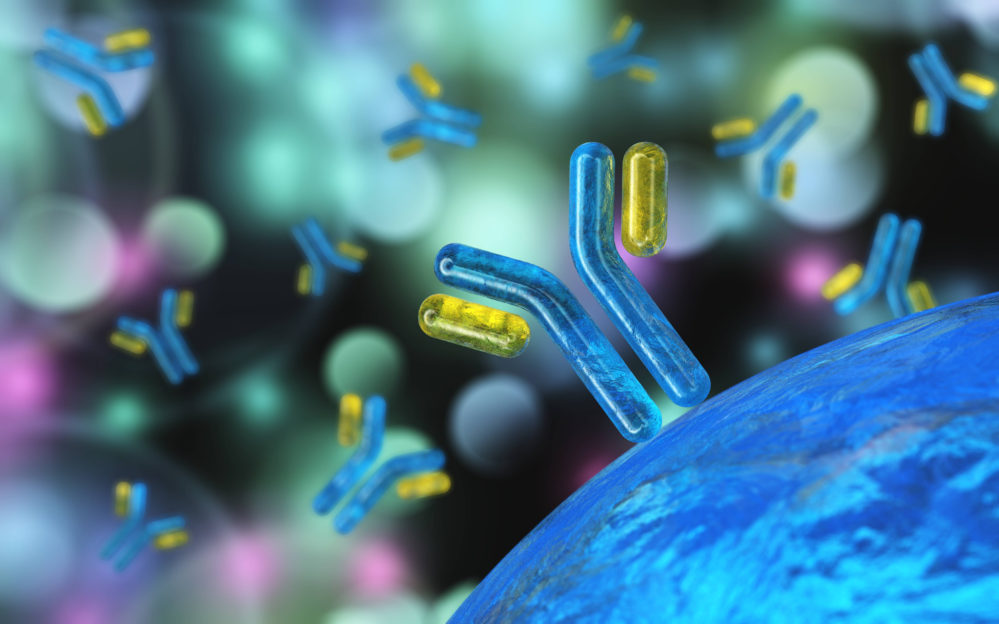Yasuko Mori and colleagues were successful in humanizing two neutralizing monoclonal antibodies to HHV-6B. The chimeric antibodies performed well enough to show promise for therapeutic use.
Chimeric monoclonal antibodies have been approved by the FDA for illnesses ranging from asthma and multiple sclerosis to osteoporosis and different types of cancer.

Yasuko Mori, MD, PhD, Professor
Kobe University Graduate School of Medicine
The team notes that further changes to the Mabs may be needed in the future to lower the risk of an immune response. Therapeutic development would require the creation of an appropriate animal model for testing of in vivo effectiveness.
After identifying the viral ligand of the HHV-6B cellular receptor- CD134- and demonstrating that a mouse derived monoclonal antibody against components of this ligand complex could neutralize HHV-6B infection, Mori’s team worked to humanize the mouse-derived antibody regions by replacing key regions with human sequences. They designed chimeric mouse/human forms of the monoclonal antibodies against gQ1 and gH of the gH/gL/gQ1/gQ2 glycoprotein complex of HHV-6B, which appears to be responsible for viral recognition of the CD134 receptor as well as activation of viral envelope fusion with the cell membrane.
Sequences of mouse variable domains of the antibody were fused to sequences of human constant domains, and transfection of HEK293T cells with the constructed plasmids resulted in expression of the chimeric Mabs. Indirect immunofluorescence assays with cells expressing gQ1 or gH confirmed that the Mabs were able to recognize the antigens as well as the preliminary mouse Mabs. Successful recognition of HHV-6B in MT4 cells was also shown.
The investigators went on to perform virus-neutralizing assays and measured HHV-6B IE1 expression. The Mabs work in different ways, with KH-1 (anti-gQ1) able to inhibit receptor binding and the OHV-3 Mab (anti-gH) acting in another way, likely through blocking fusion of the virus to the cell, thereby limiting viral entry into the cell. Complete inhibition of HHV-6B infection was seen using the original mouse and the chimeric KH-1 Mabs against gQ1, at a concentration of 4 μg/ml, with neither HHV-6B IE1 nor U14 detectable in the cells. The OHV-3 antibodies against gH, on the other hand, inhibited the infection in a concentration-dependent manner and completely inhibited the infection at 100 μg/ml. The half-maximal inhibitory concentration (IC50) values of the chimeric Mabs were found to be 0.18 μg/ml for KH-1 and somewhat higher at 6.87 μg/ml for the OHV-3 Mab, both of which were similar to the IC50 values of the mouse Mabs.
Compared to the IC50 values for foscarnet and ganciclovir, that of the KH-1 Mab created in the present study is much lower.
Find the full paper here: Wang 2019. Additional information can be found in their other recent paper: Nagamata 2019

